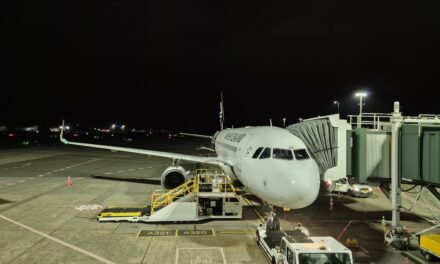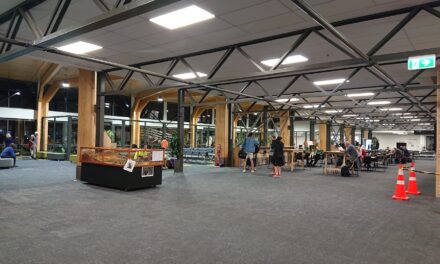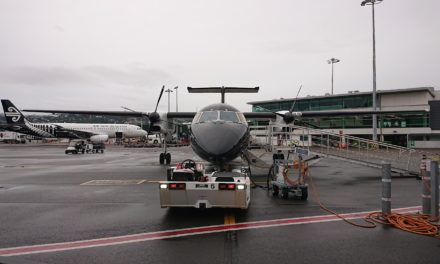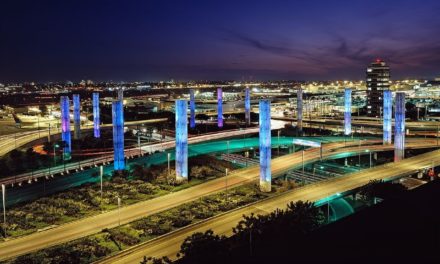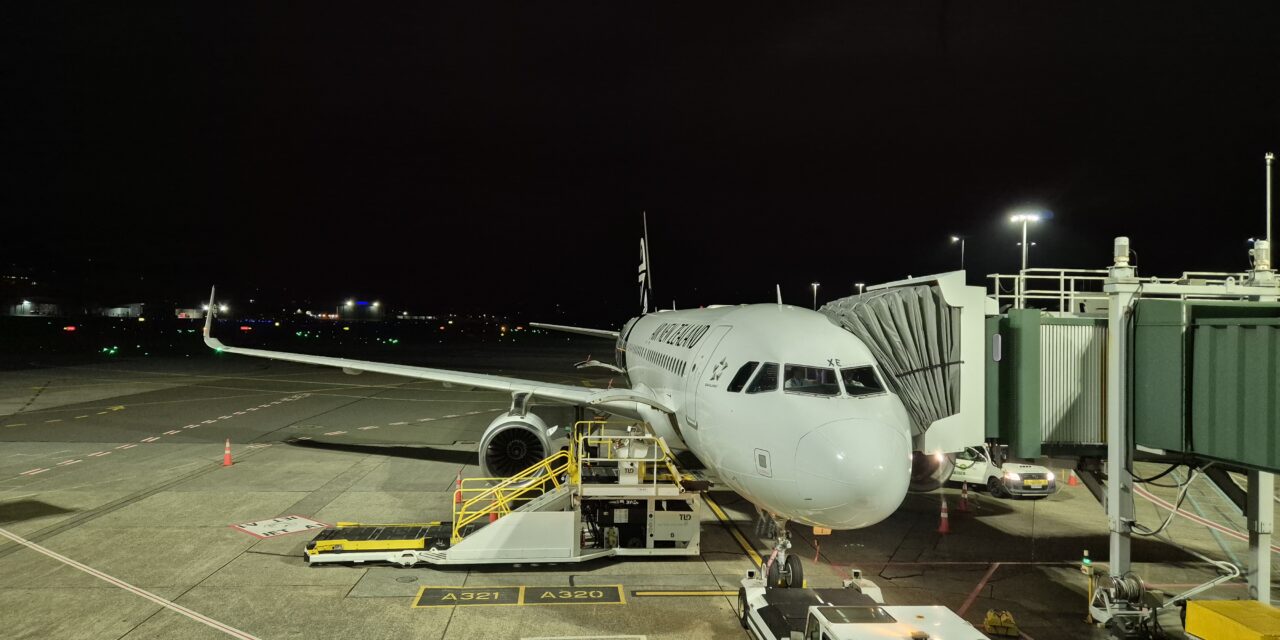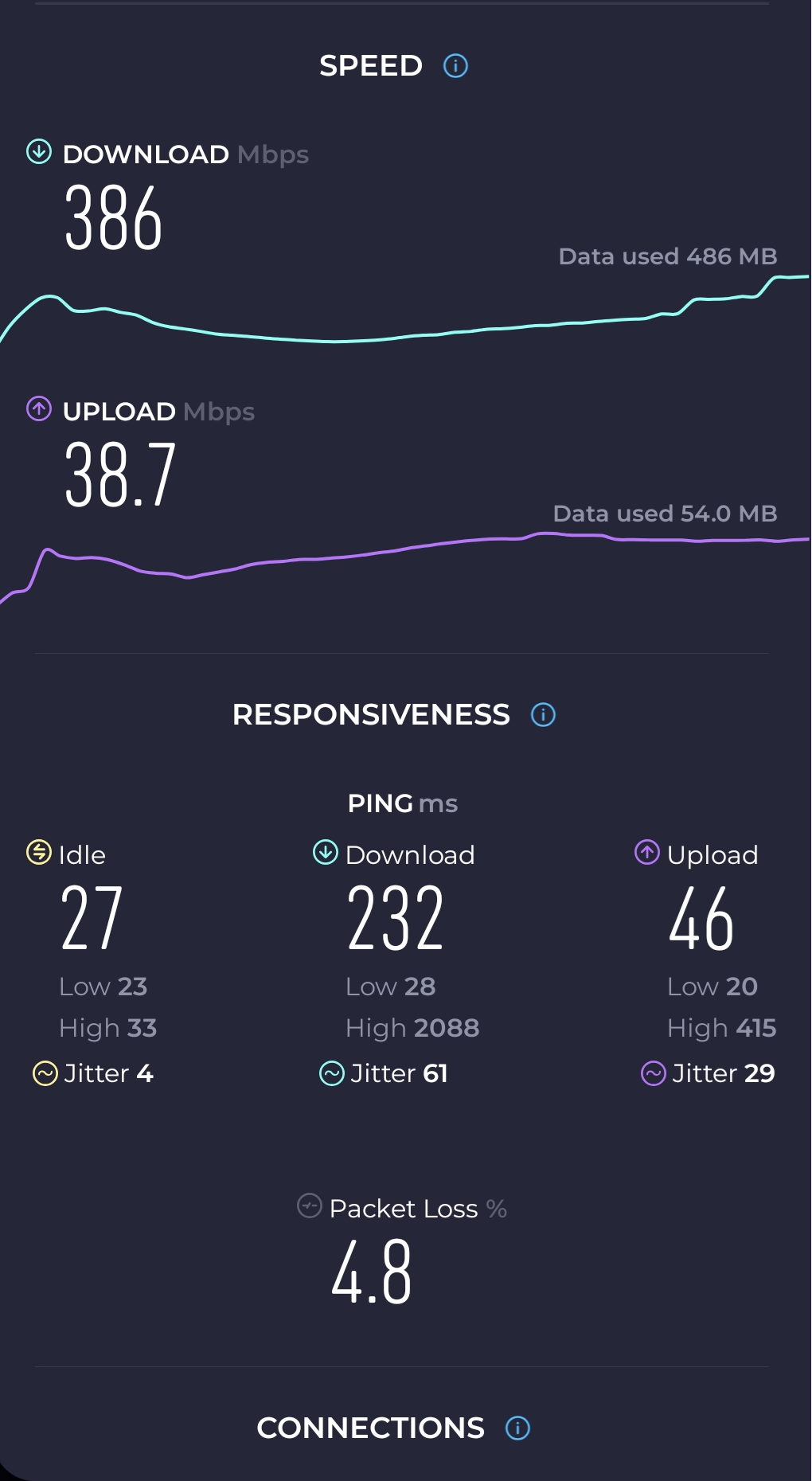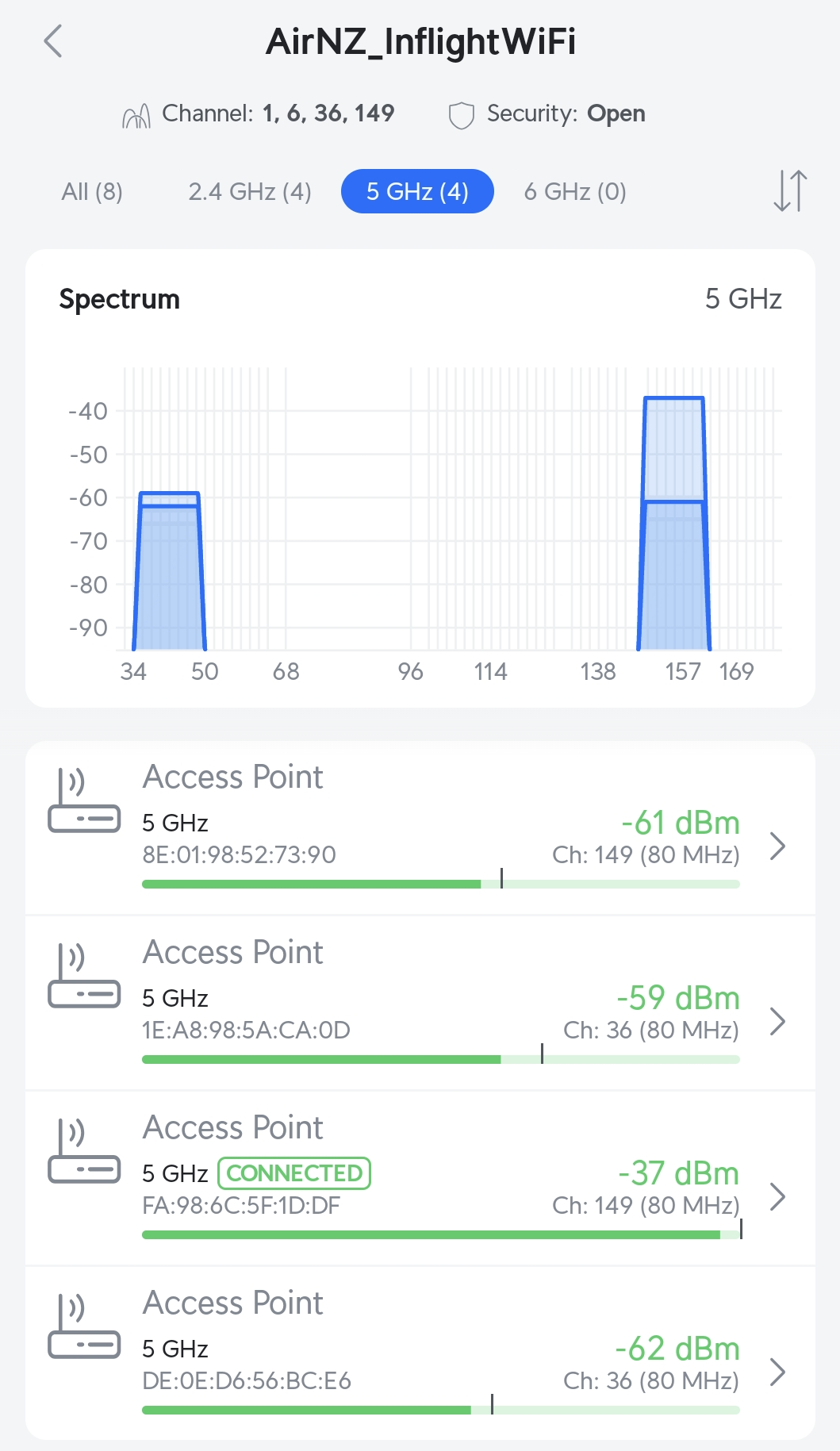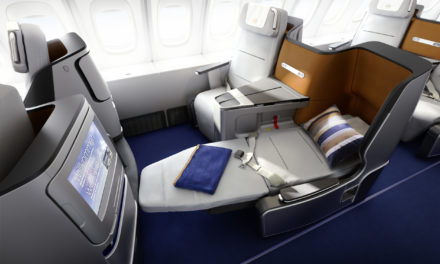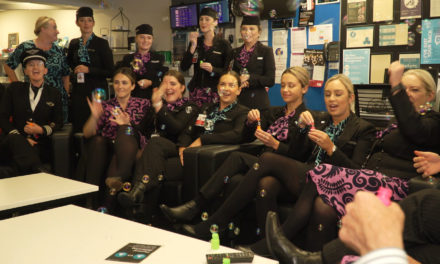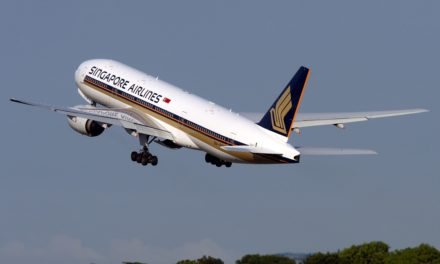Air New Zealand has recently rolled out it's first Starlink equipped plane offering free WiFi on domestic jet routes. The Airbus A320 aircraft (registration ZK-OXE) has now been flying for a few weeks, and later this month this will be joined by an ATR72-600 turboprop which will be the first ATR72 aircraft in the world to offer Starlink powered onboard WiFi.
While Air New Zealand first began deploying inflight WiFi in 2017, it was only fitted to it's fleet of Boeing 777, Boeing 787, and Airbus 320neo/321neo aircraft that fly international routes.
These aircraft all use connectivity provided by Inmarsat using it's Global Xpress (GX) Aviation product from six satellites in a geostationary orbit around 36,000km above earth - which in layman's terms mean they are in orbit moving around the earth at the same speed as earth so remain in fixed locations in the sky. The maximum speed on offer on an Air New Zealand plane using GX aviation is around 20Mbps down and 2Mbps up, with latency of around 600ms minimum across the satellite link.
Starlink is in effect a next generation satellite connection that offers vastly superior speed and performance. Starlink is known as a low earth orbit (LEO) satellite provider with a constellation of around 7,875 satellites in a low orbit around 550km above earth. These satellites are not in a geostationary orbit so do not remain in a fixed position, instead they remain in an orbit passing overhead and completing a lap of earth around every 90 minutes. The magic behind Starlink is that a Starlink antenna is actually connecting to multiple satellites at the same time as they move above us, and seamlessly handing over to the next satellite(s) that comes into view in the sky. Starlink offers speeds of up to around 400Mbps down and around 40Mbps up, with latency of around 50ms across the satellite link. The latency of Starlink is so much lower in part due to the satellite being so much closer to earth which means the radio waves don't need to travel as far.
Anybody who has used WiFi on a GX equipped Air New Zealand plane over the last year or so will find the experience is typically pretty average and often it's barely usable at particularly on a larger 777 or 787 aircraft full of people.
With the service being free it means lots of people connect, and the limited bandwidth results in the performance dropping to a crawl fairly regularly. One of the biggest issues is the limited upstream bandwidth - with only 2Mbps of upstream bandwidth it doesn't make many people sitting there uploading photos of each and every glass of champagne they drink to social media to saturate the upstream bandwidth, and due to the way the TCP/IP protocol works it means that latency increases significantly and downloads start to crawl along.. And once that happens it pretty much stops working and becomes unusable. Several flights I've been on lately have revolved around crew rebooting the system continually in the hope that it will magically fix itself.
After missing out on flying on ZK-OXE several times in recent weeks due to last minute aircraft swaps I finally got lucky this morning with a flight between Wellington and Auckland. The photo above taken at the gate shows the installation on the Airbus A320 utilising dual antennas on top of the aircraft (compared to only a single antenna on the Inmarsat GX equipped aircraft) to ensure a stable connection when the plane is flying along and roaming between satellites.
The Starlink connection was live not long after takeoff, and my phone automatically connected to it as it uses the same wireless network name as the existing inflight WiFi on the other aircraft. At present connecting is super simple as it's an open network with no password or captive portal requiring an email address to register unlike the Inmarsat GX offering.
Speeds were brilliant with a few tests delivering download speeds ranging from about 250Mbps - 380Mbps and upload speeds of around 30Mbps - 40Mbps. Latency was good and similar to using Starlink on the ground, however a few quick tests on my laptop showed network jitter was quite a bit higher than I expect to see using a Starlink connection on the ground which is no doubt due to more frequent roaming between satellites. I did have to remember that I was on an aircraft moving at over 800km/h continuously roaming between satellites 550km/h up in the sky!
The short flight (and my lack of preparation for the flight as I hadn't checked FlightRadar24 to see the aircraft I was on!) meant I didn't have time to test some of the other things I would have liked to have done such as an iperf3 test and more importantly seeing what the performance was like if I was able to saturate the upstream bandwidth.
This sort of speed is enough to stream videos or watch live content, with even HD content from most providers typically only uses around 10Mbps. In the real world this sort of bandwidth means a plane full of passengers could all get online and do pretty much whatever they want to do (including streaming video) without causing any real impact to other WiFi users on the plane.
My only issues I saw relate to the actual configuration of the WiFi onboard the aircraft. For those tech savvy people still following along here there are either two dual radio or four individual wireless access points (it's hard to tell exactly which option Air NZ have opted for) fitted to the aircraft cabin above the passenger seats). These radios are using 80MHz channels in the 5GHz band and 20MHz channels in the 2.4GHz band.
For a high density environment these aren't configured very well at all. Operating multiple access points on the same frequency in a high density environment will result in co-channel interference (CCI) which will ultimately impact performance with lots of users connected. These access points should be using their own channel in the 5GHz band to avoid this occurring.
It also struck me as surprising that they would be installing WiFi5 (802.11ac) access points for a commercial deployment in 2025. WiFi6 is now the norm in the WiFi world, and the performance benefits of the 802.11ax standard compared to the 802.11ac standard can be very significant especially in a high density environment with potentially a large number of users.
It's going to be very interesting to see where this trial leads. Air New Zealand appear to be sold on the concept of deploying Starlink and offering free inflight WiFi across it's domestic Airbus and ATR72-600 fleets - but the cost of both the hardware and installation is significant, as is the standard industry Starlink pricing of around USD10,000 per month per aircraft for unlimited data. I'm obviously not privy to what price Air New Zealand are paying for either of these, but it raises the question of whether airline customers actually believe free WiFi access on domestic flights is an essential need in this day in age.
